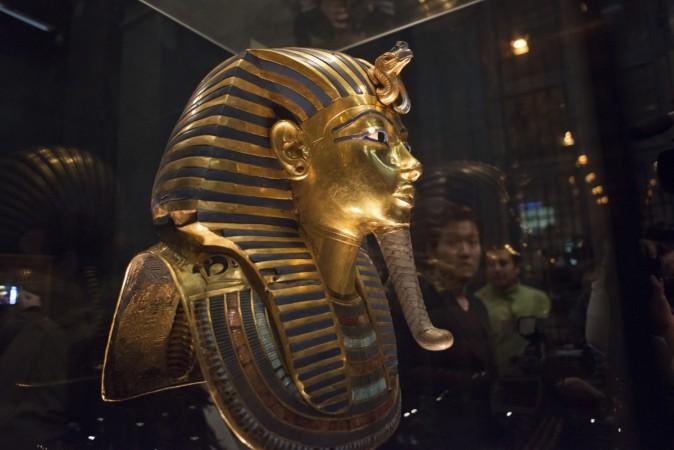
Since the discovery of King Tutankhamen's sarcophagus in 1922, extensive research has revealed a lot about the boy king's life. The most recent addition to the list of findings is that King Tut was buried with a dagger made from a meteorite.
The dagger, on display at the Egyptian Museum in Cairo, was described by Howard Carter, who discovered the Egyptian pharaoh's tomb with his partner George Herbert, as "a highly ornamented gold dagger with crystal knob."
Now, a study conducted by a team of Italian and Egyptian researchers has revealed that the rustless metal dagger has been forged with iron that originated from a meteorite.
"Meteoric iron is clearly indicated by the presence of a high percentage of nickel," main author Daniela Comelli, at the department of Physics of Milan Polytechnic, told Discovery News.
It has long been understood that artifacts made from iron that pre-dated the Iron Age have always been meteoric in origin. However, the origins of this blade in particular have reportedly been mired in controversy.
The research team that came upon this discovery used non-invasive, portable X-ray fluorescence spectrometry to analyse King Tut's dagger.
While most artifacts forged from iron feature 4 percent nickel content, King Tut's dagger exhibits an iron to nickel ratio that is consistent with iron meteorites, Comelli said. The researchers, based on their findings, were also able to zero in on the meteorite from which the iron was extracted.
The dagger isn't the only artefact King Tut possessed that was celestial in origin. The pharaoh's necklace, a glass scarab, was apparently created from sand melted by the impact of a meteorite that crashed into the desert.
The discovery was made by a team of researchers from Milan Polytechnic, Pisa University and the Egyptian Museum in Cairo. Their findings were published in the journal, Meteoritics and Planetary Science.












